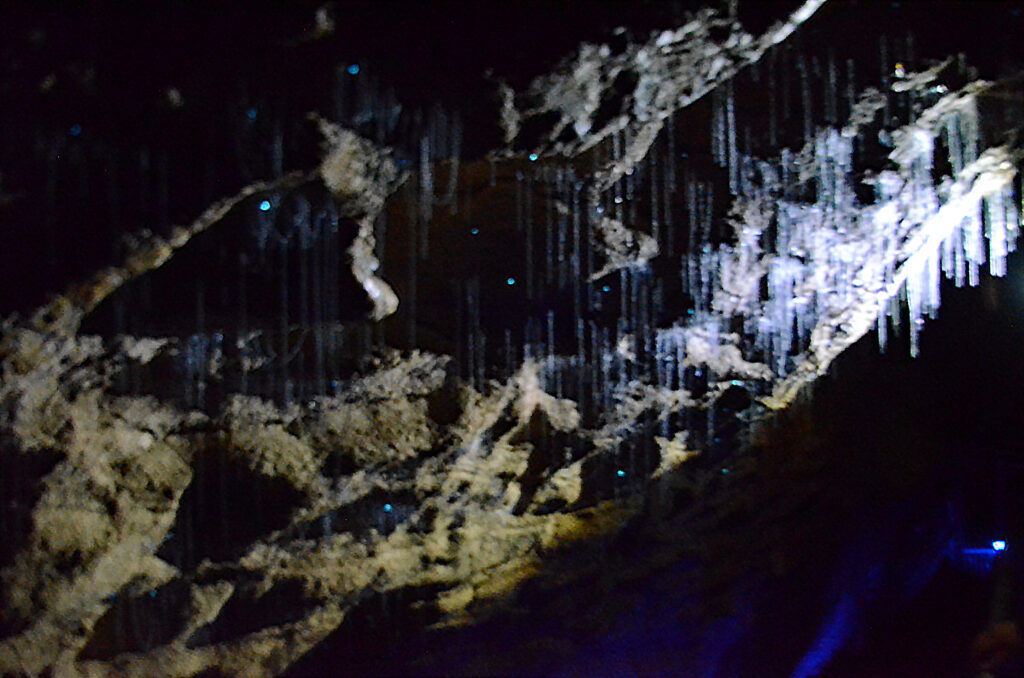Imagine walking through the bustling streets of Surabaya, Indonesia, never suspecting what lies beneath your feet. Hidden below the city’s modern chaos and sprawling neighborhoods are the secrets of ancient giants—Homo erectus, our mysterious ancestors who once roamed Java’s prehistoric landscapes. Their bones, fossilized over hundreds of thousands of years, whisper stories of survival, adaptation, and the dawn of humanity. The ground beneath Surabaya isn’t just dirt—it’s a time capsule, preserving the echoes of a world so ancient it almost defies belief. Let’s journey deep underground, peeling back layers of history, to meet the giants of Java and discover how their legacy still shapes our understanding of what it means to be human.
Unearthing History: The First Discoveries in Java
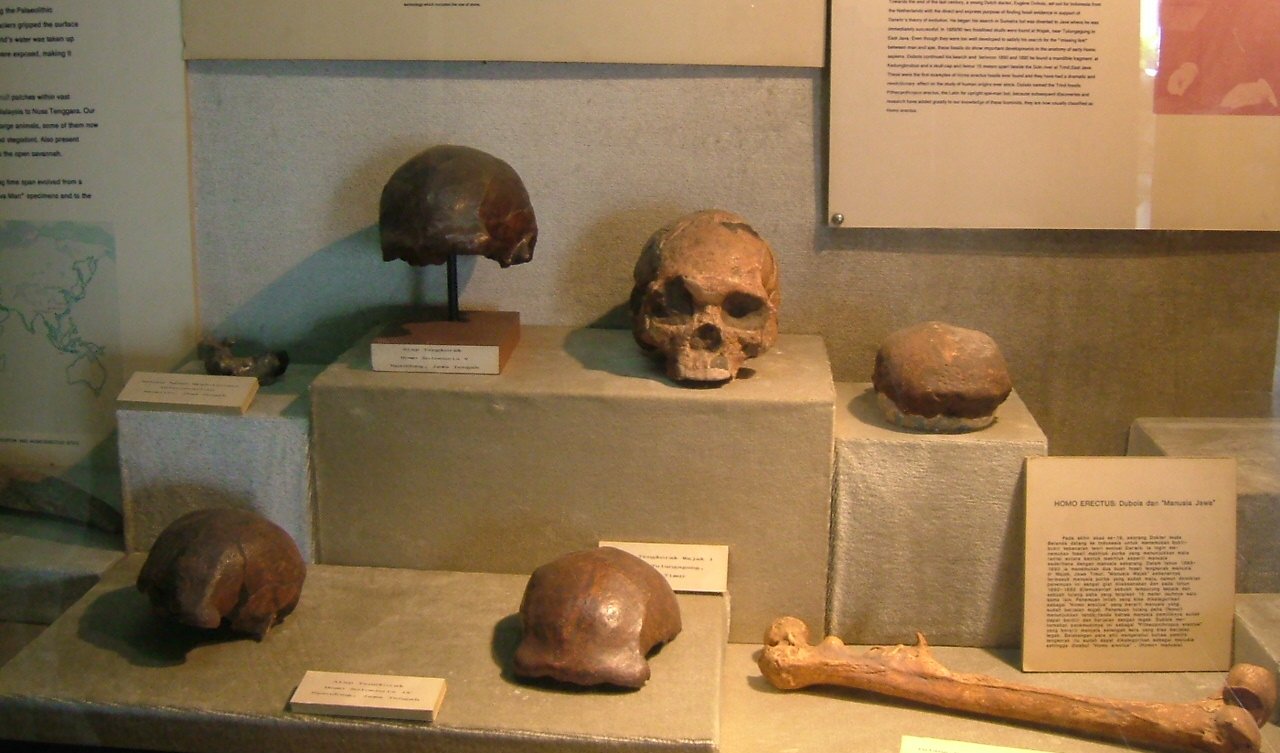
It was the late 19th century when the first Homo erectus fossils were uncovered on Java, sending shockwaves through the scientific world. Dutch anatomist Eugène Dubois was determined to find the “missing link” between apes and humans, and his quest led him to the banks of the Solo River, not far from modern Surabaya. There, in the sticky mud, he discovered a skullcap and a thigh bone—evidence of a being both familiar and utterly strange. These discoveries weren’t just bones; they were keys that unlocked the earliest chapters of our shared human story. The find challenged everything people thought they knew about evolution and sparked debates that still burn today.
Homo erectus: The Upright Walkers of the Past

Homo erectus means “upright man,” and for good reason. These ancient people stood tall and walked with a stride not so different from our own. Their skeletons reveal a robust build, with long legs and strong arms, perfect for traveling vast distances across ancient landscapes. Unlike earlier hominins, Homo erectus mastered bipedalism, freeing their hands for tool-making, carrying food, and perhaps even hugging their young. Imagine a world where the ability to walk upright was the difference between life and death, and every step forward was a leap into the future.
The Ancient World Beneath Surabaya

Surabaya’s present-day noise and neon lights hide an astonishing prehistoric world beneath its surface. Fossil-rich sediments along the Brantas and Solo Rivers hold the remains of not just Homo erectus, but also elephants, giant lizards, and crocodiles. During the Pleistocene, this region was a mosaic of grasslands, forests, and swamps—a far cry from the cityscape we see today. Fossil evidence paints a vivid picture of a land teeming with life, where Homo erectus carved out an existence among megafauna and shifting climates.
Tools of Survival: The Stone Age Toolkit

One of the most fascinating aspects of Homo erectus is their ingenuity with stone tools. Archaeologists have uncovered hand axes, choppers, and flakes—simple yet effective implements that transformed their lives. These tools allowed Homo erectus to butcher animals, crack open bones for marrow, and perhaps even dig for roots or tubers. The act of shaping stone, chipping away at a river rock to create a sharp edge, was nothing short of revolutionary. It marked the dawn of human creativity and the first sparks of technological innovation.
The Mystery of the Java Man

The so-called “Java Man,” the famous Homo erectus fossil found near Trinil, has become an icon of human evolution. With its thick brow ridges and low, elongated skull, Java Man looked both alien and uncannily familiar. For years, scientists argued over what he represented—some called him a primitive ape, others hailed him as our direct ancestor. Today, most agree that Java Man was a vital piece in the grand puzzle of human origins, a bridge between our apelike past and the complex beings we are now.
Life and Death Along the Ancient Rivers
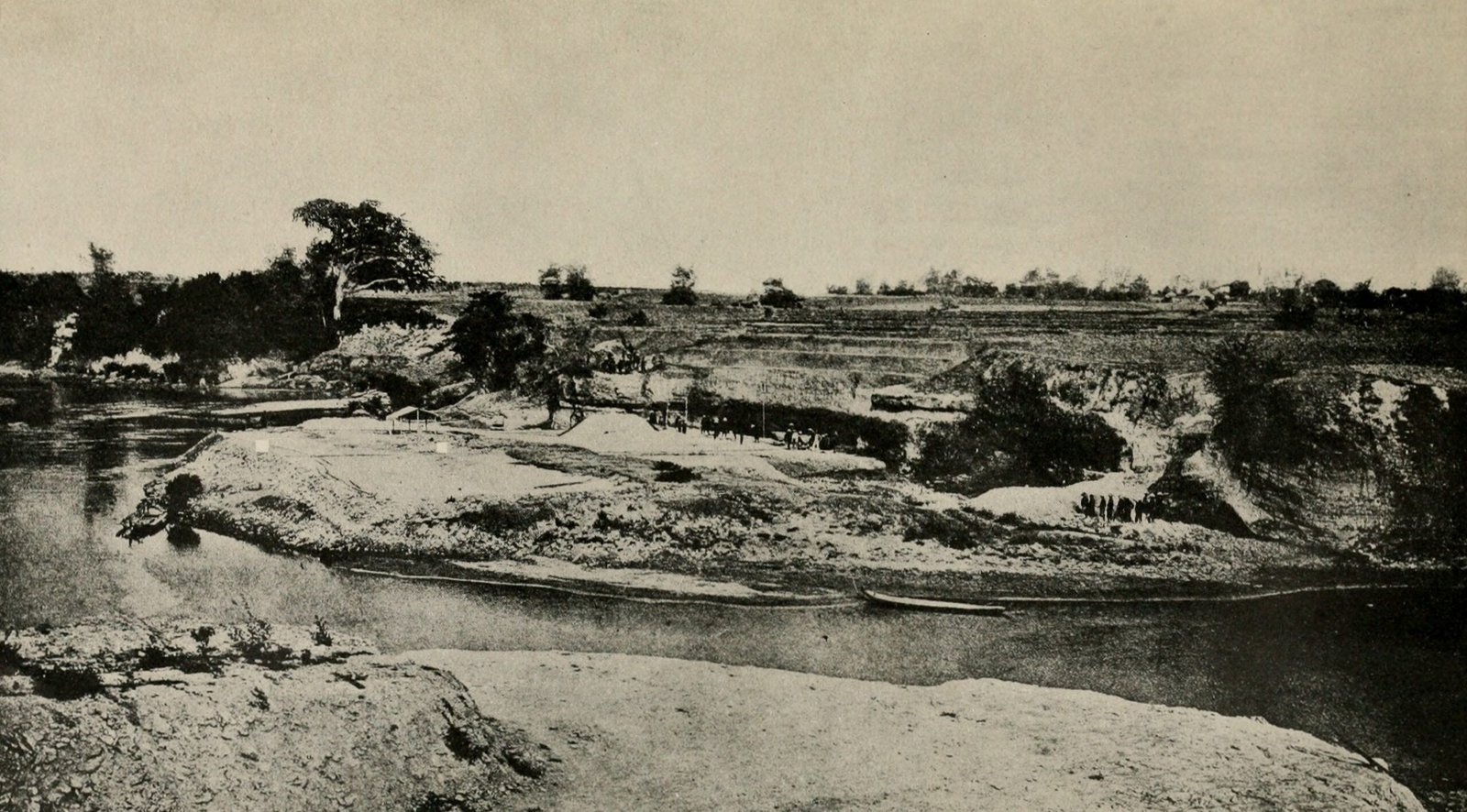
The rivers of Java were lifelines for Homo erectus, providing fresh water, food, and transportation. Fossil beds reveal that these ancient people lived in small groups, moving with the seasons and following herds of animals. Life was tough—predators lurked in the undergrowth, and food was never guaranteed. Yet, despite the dangers, Homo erectus thrived here for hundreds of thousands of years. Their bones, sometimes found alongside those of elephants and tigers, tell stories of struggle and adaptation in a wild, untamed world.
Climate Change and Adaptation

Java’s climate has never been stable. During the time of Homo erectus, the island experienced dramatic swings between wet and dry periods. Lush forests would give way to open grasslands, and rivers would swell or shrink with the changing rains. Homo erectus showed remarkable adaptability, shifting their diet and strategies as the environment changed. Their survival is a testament to the power of flexibility and resilience—qualities that still define us as a species.
The Art of Fire: Did Homo erectus Master It?
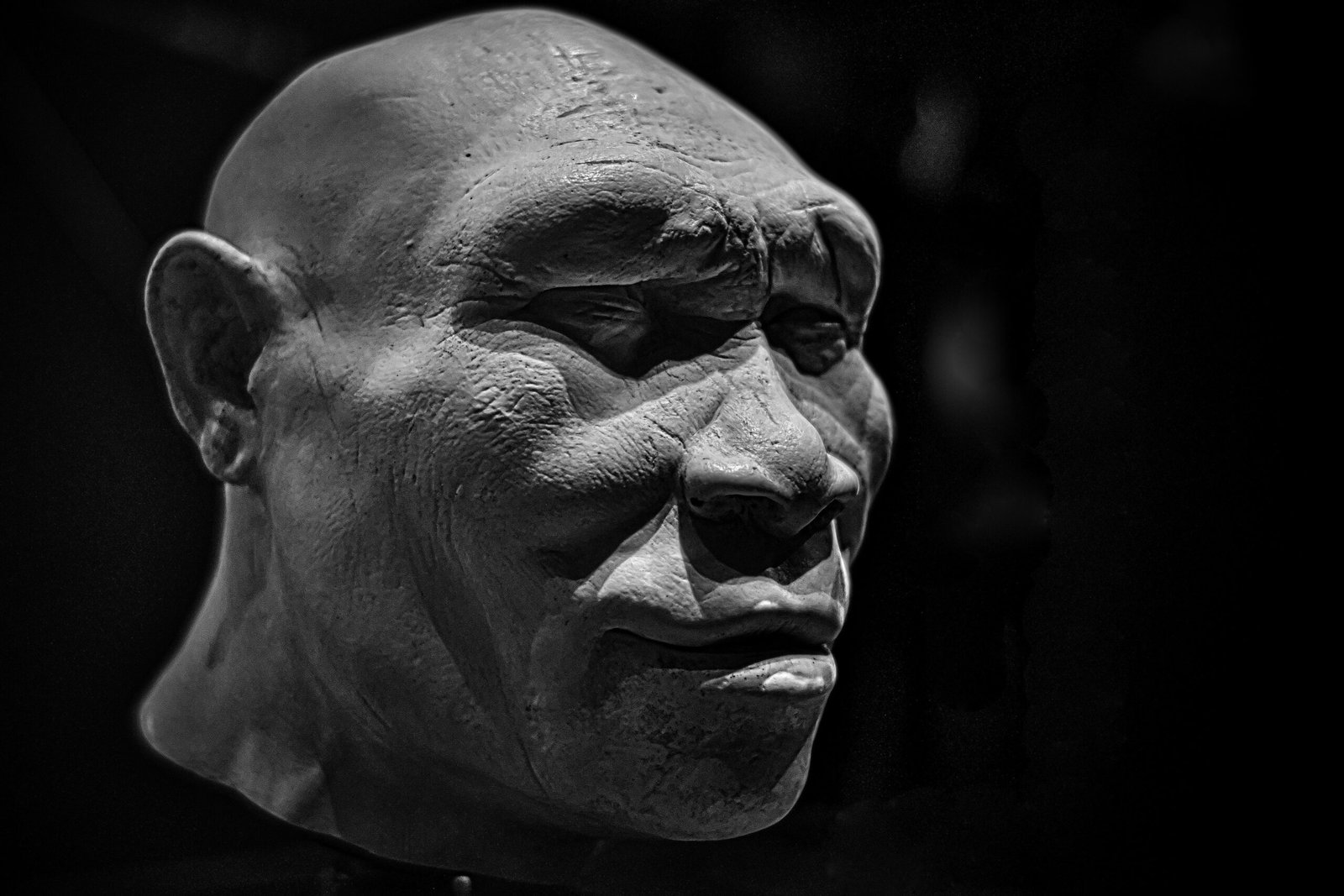
One of the most debated questions about Homo erectus is whether they controlled fire. Some charcoal fragments and burned bones have been found in Java’s fossil layers, hinting that these ancient people may have harnessed flames. The ability to cook food, stay warm, and keep predators at bay would have been a game-changer. Though the evidence is still debated, the possibility that firelight flickered in ancient Java caves is both haunting and inspiring.
Migration Patterns: How Far Did They Roam?

Homo erectus was a true explorer. Fossils from Java are just one piece of a much bigger map—remains have been found as far afield as China, Georgia, and even Europe. In Java, their presence stretches back nearly 1.5 million years. Such epic journeys required courage, adaptability, and a relentless urge to push boundaries. It’s humbling to know that the wanderlust that fills us today may have its roots in these ancient migrations.
Giant Neighbors: The Megafauna of Old Java
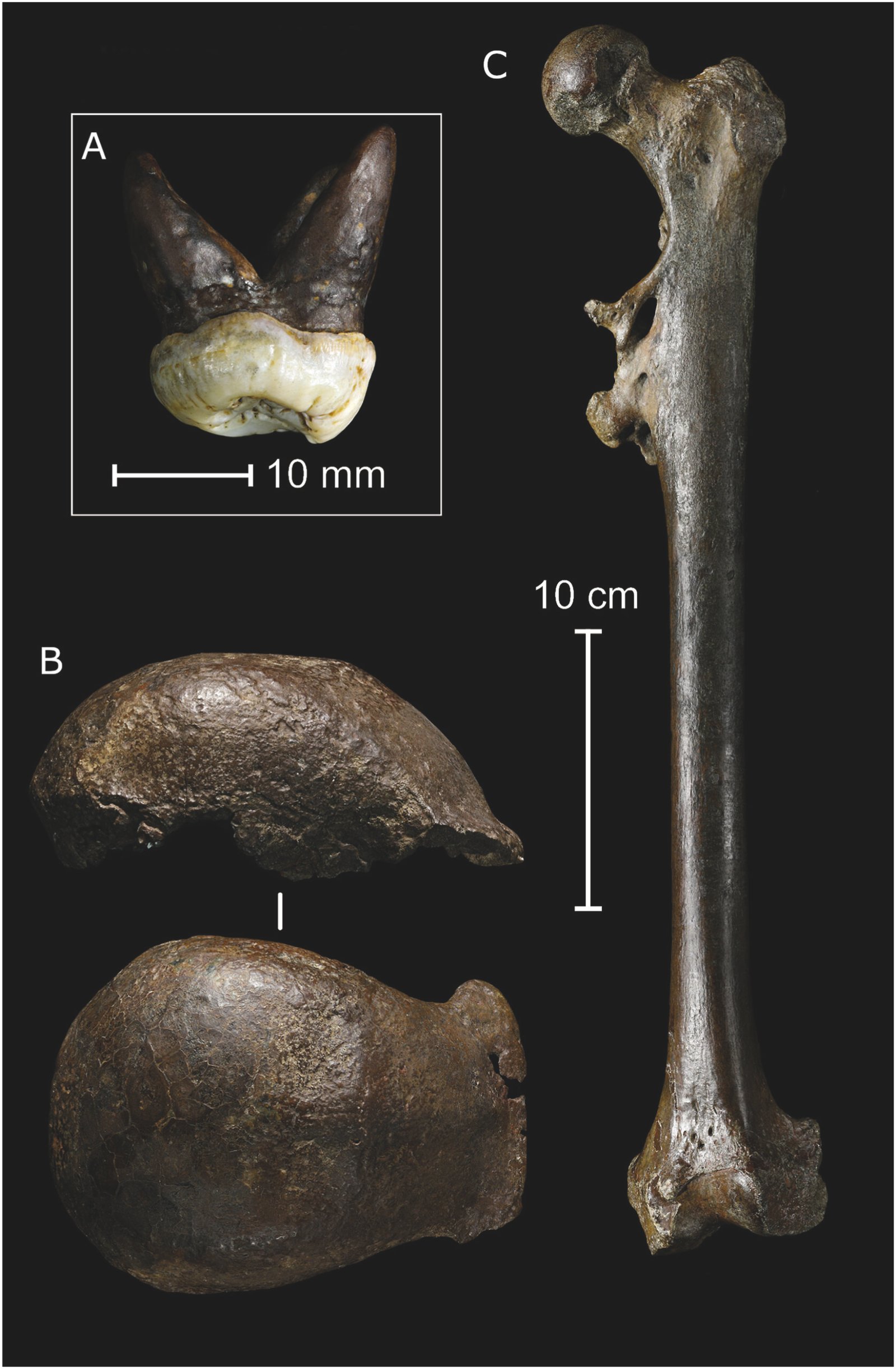
Homo erectus shared their world with giants—mammoths, stegodons, and massive lizards roamed the island’s plains. Fossilized footprints and bones reveal dramatic encounters: a group of hunters stalking a wounded elephant, or perhaps fleeing from a hungry crocodile. Living alongside such creatures demanded ingenuity and teamwork. These dramatic predator-prey relationships shaped not just the bodies, but also the minds, of early humans.
Fossil Hunting: The Science and the Adventure
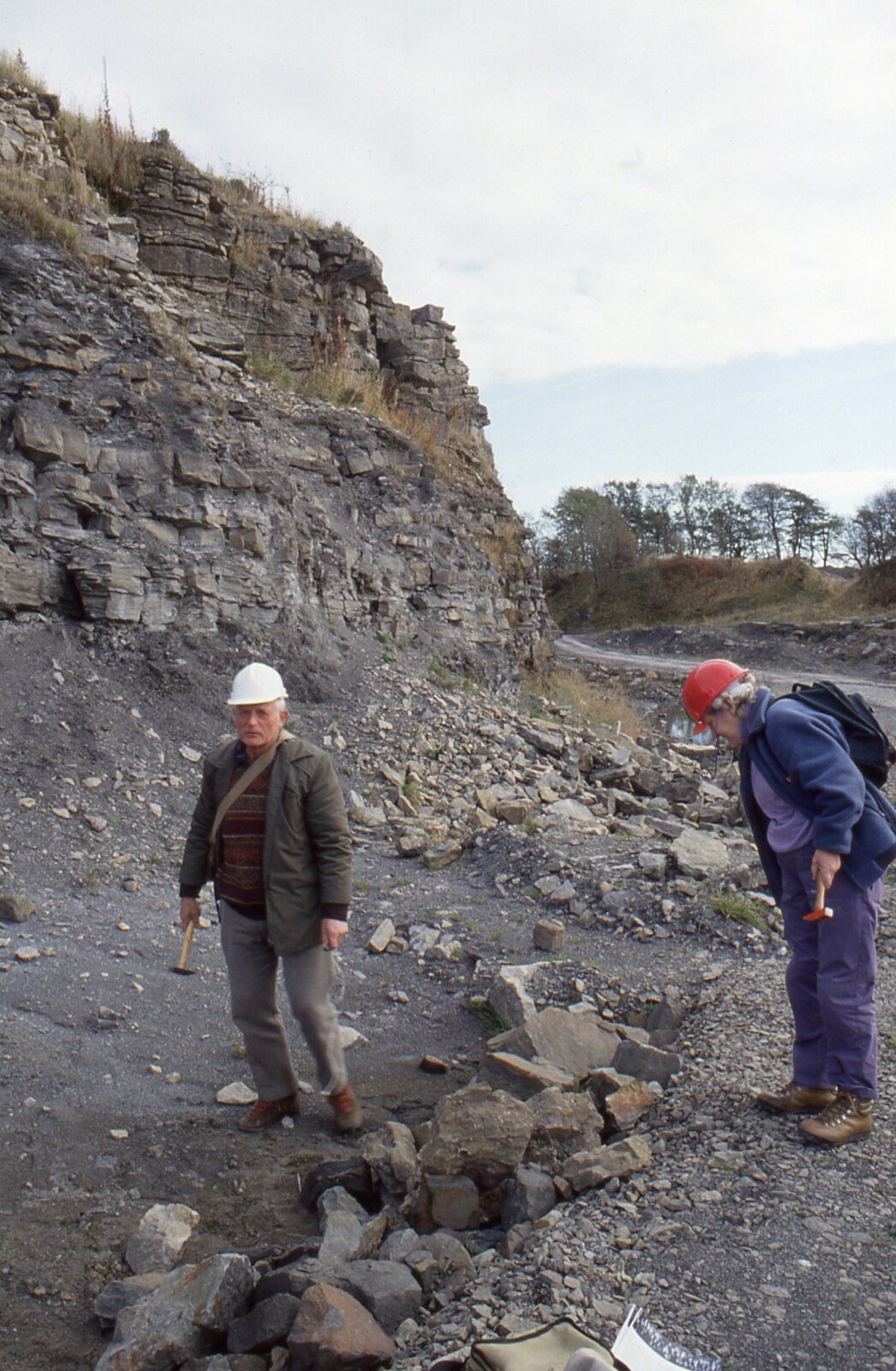
Modern-day fossil hunters still comb the riverbanks and hills around Surabaya, searching for new clues to our past. Each discovery is a blend of painstaking science and wild adventure—imagine sifting through muddy sediment and suddenly spotting a fragment of ancient bone. The thrill of discovery never fades, and every new fossil brings us closer to understanding the world of Homo erectus. For many, it’s not just about bones; it’s about piecing together the story of all humanity.
The Fossils Speak: What Bones Tell Us About Life

A single fossil bone can reveal a lifetime of secrets. Scientists study wear patterns on teeth to discover what Homo erectus ate, or analyze fractures to learn how they hunted and fought. Even the shape of the skull can hint at brain size and intelligence. These ancient bones are like pages in a diary, recording moments of triumph, injury, and survival. Each one brings us face to face with individuals who lived, loved, and died beneath the soil of Java.
Women, Children, and Family Life
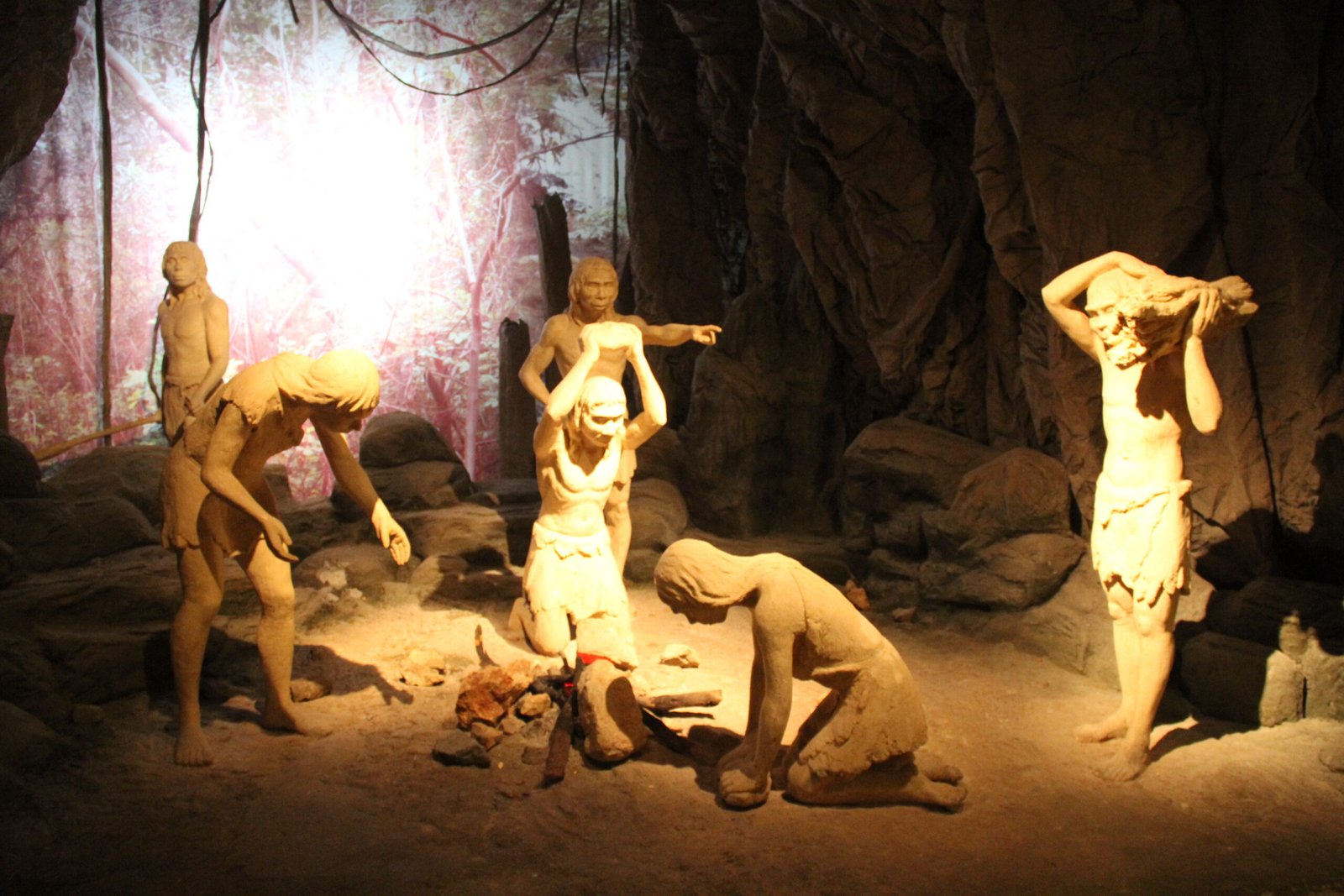
Though the fossil record is often dominated by adult bones, traces of children and women have also been found. These remains hint at the rhythms of family life—mothers caring for young, children learning to use tools, elders sharing wisdom around a fire. The bonds of family and community may have been the true secret to Homo erectus’ success. Their legacy reminds us that, even in the most ancient times, connection and care were at the heart of being human.
Modern Surabaya: Living Above Ancient Footsteps

Today, millions of people go about their lives in Surabaya, unaware of the prehistoric drama beneath their feet. Skyscrapers and shopping malls now stand where herds of elephants once roamed. Yet, every construction project risks unearthing fragments of this ancient world. For residents, knowing that they walk atop a landscape shaped by giants adds a new layer of wonder to everyday life.
Preservation and Protection: Saving the Past for the Future
Fossils are fragile, and the relentless pace of urban development threatens to erase them forever. Local scientists and communities are working hard to protect these treasures, establishing museums and protected sites. Education campaigns help people understand the importance of these ancient bones—not just as scientific curiosities, but as priceless links to our shared origins. Preserving these fossils isn’t just about history—it’s about honoring the deep roots of humanity.
The Ongoing Debate: Direct Ancestor or Distant Cousin?
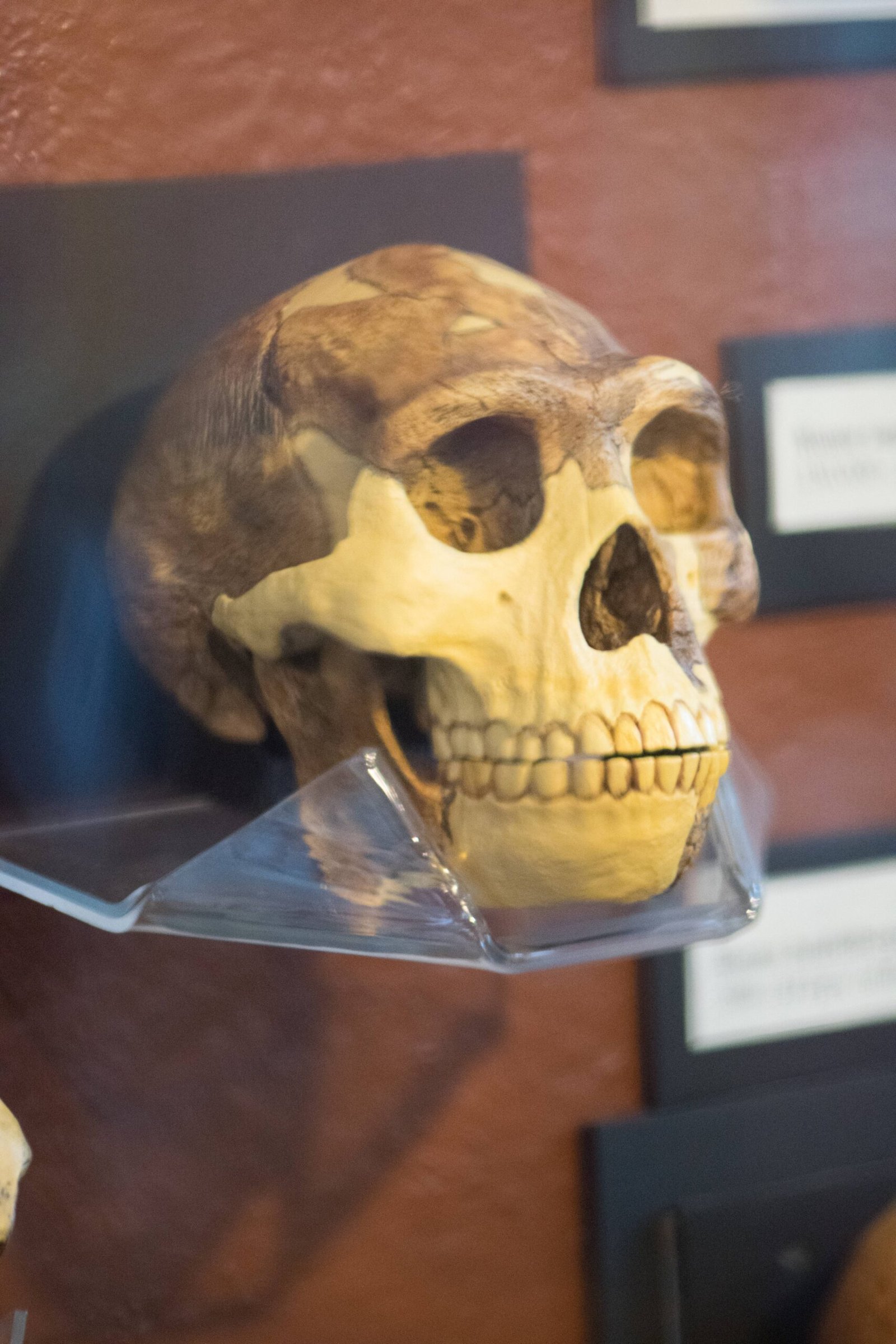
Despite decades of research, scientists still argue about Homo erectus’ place in our family tree. Were they our direct ancestors, or simply a distant cousin who walked a different evolutionary path? Genetic evidence remains elusive, but every new discovery adds another piece to the puzzle. The debate is fierce, but it’s also what keeps the field alive and buzzing with excitement. Each fossil, each new find, stirs up more questions than answers.
Legends and Local Lore: Giants in the Imagination
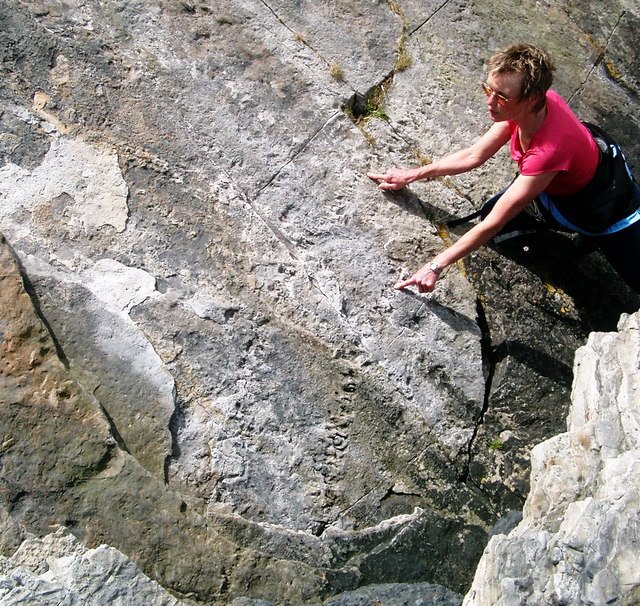
The people of Java have long told stories of giants and spirits dwelling in the earth. Some believe the fossils are the bones of ancient titans or mythical beings. These legends blend seamlessly with scientific findings, creating a tapestry of wonder and curiosity. Whether through myth or science, the giants of Java continue to inspire awe and imagination.
Unexpected Connections: Homo erectus and Modern Humans
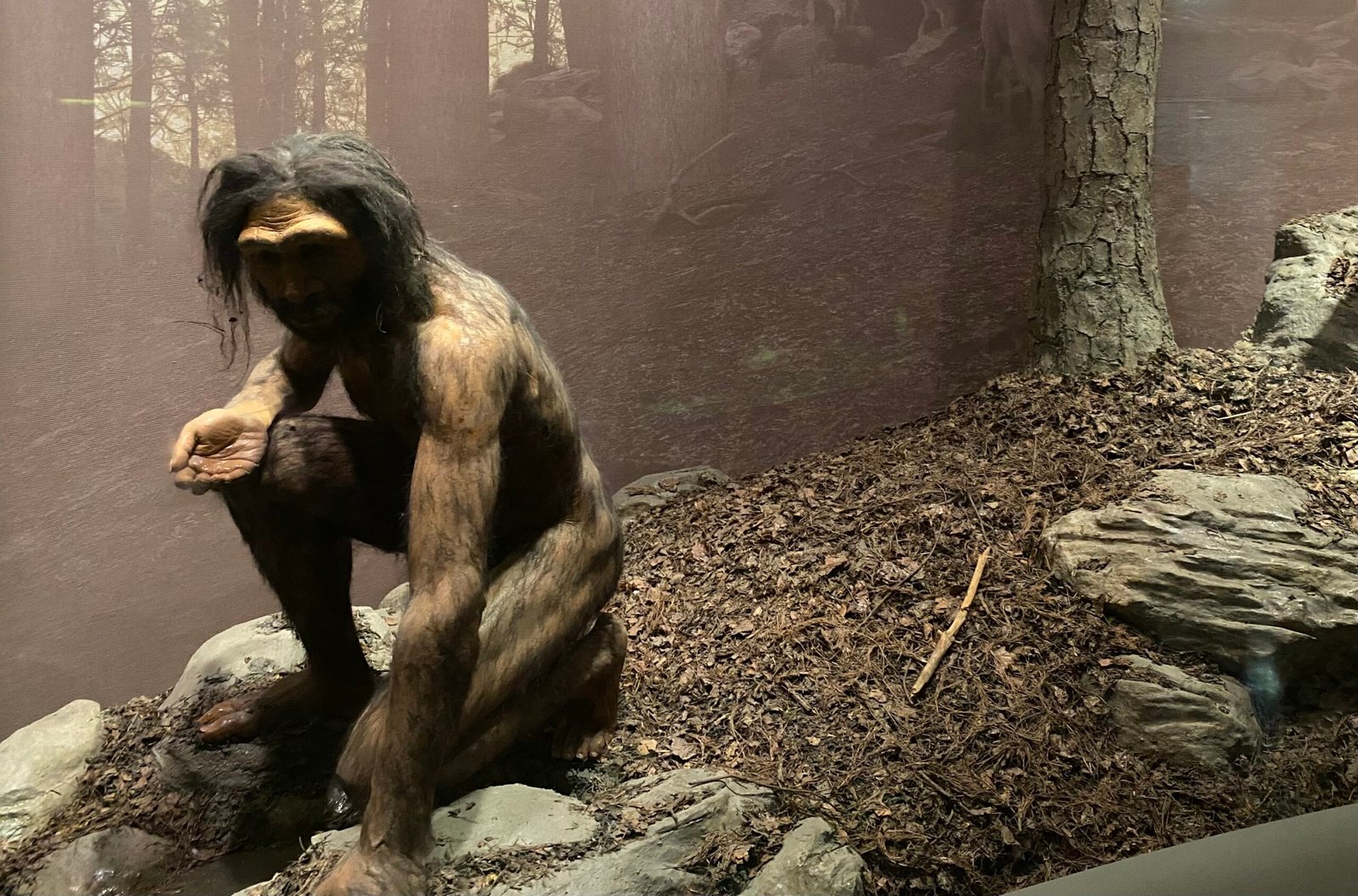
Recent studies suggest that Homo erectus may have lived alongside early Homo sapiens in Southeast Asia. The overlap raises intriguing questions: Did these species interact? Did they compete, or perhaps even exchange knowledge? The echoes of those ancient encounters might still ripple through our DNA, a silent reminder of a time when the world was shared by many kinds of people.
The Future of Fossil Research in Java
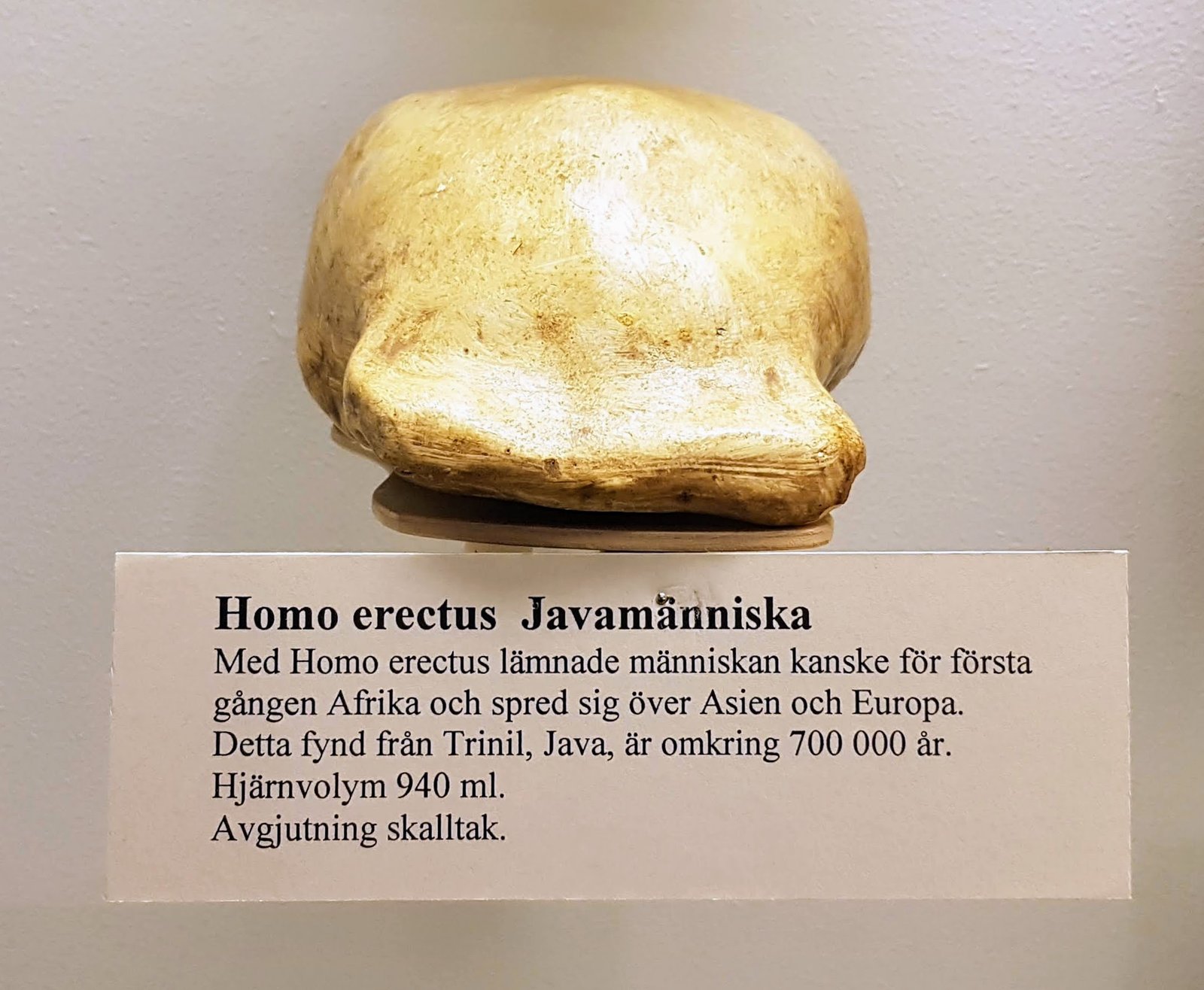
With every passing year, new technologies give scientists fresh tools to unlock the secrets of Java’s fossils. DNA analysis, 3D scanning, and isotope studies are revealing details once thought impossible to know. The next big discovery could be just beneath a city street or hidden in a farmer’s field. For young scientists and dreamers, the adventure is far from over. The giants of Java still have stories to tell—if we’re willing to listen.
Reflections from the Depths of Time

Standing on the soil of Surabaya, it’s hard not to feel humbled by the vast sweep of history beneath your feet. The fossils of Homo erectus remind us that we are the latest chapter in a story that began millions of years ago. Their struggles, triumphs, and innovations paved the way for us, shaping the world we now call home. The next time you walk over the ground of Java, pause and wonder—what secrets still lie hidden, waiting to be discovered?


